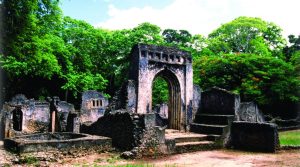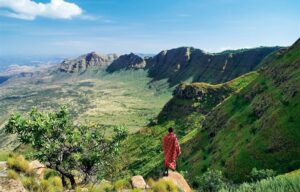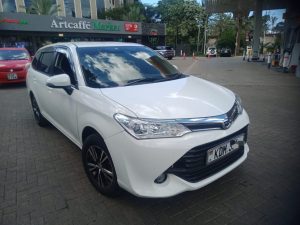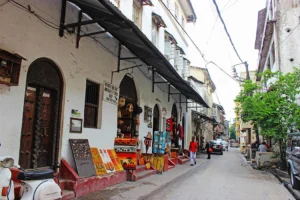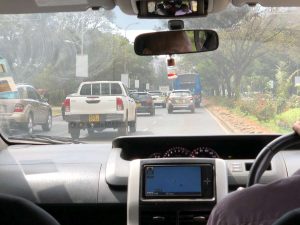Walking with the Maasai: Kenya’s Cultural Heartbeat
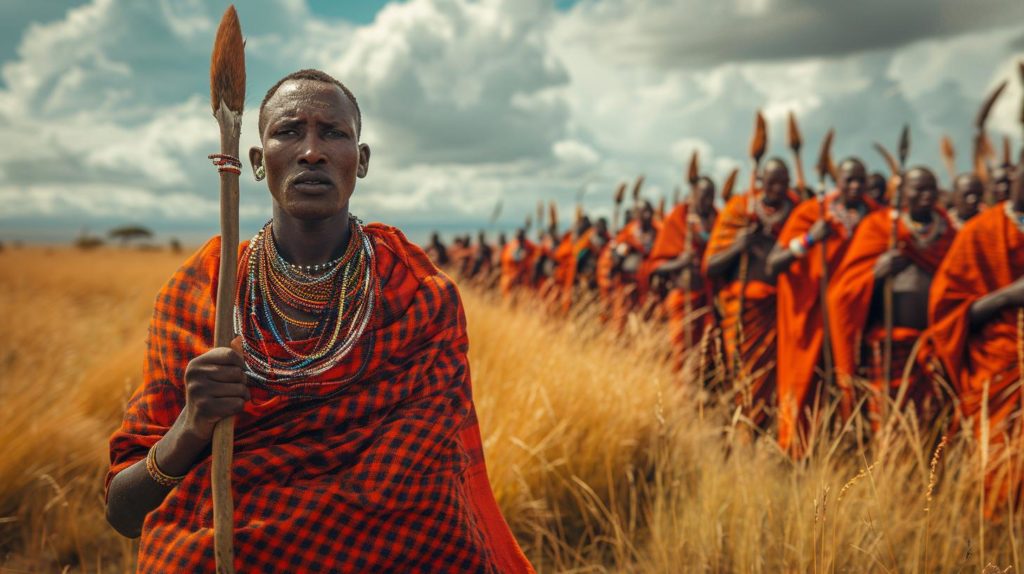
Against the backdrop of Kenya’s sweeping savannas and dramatic escarpments stands a people as iconic as the landscape itself. Adorned in vibrant red shukas, intricate beadwork, and carrying the distinctive rungu (wooden club), the Maasai have become synonymous with East African cultural identity. Yet beyond the postcard images lies a complex, resilient society navigating the delicate balance between ancestral traditions and modern realities. For travelers seeking authentic cultural experiences in Kenya, thoughtful engagement with Maasai communities offers profound insights into an ancient way of life—while supporting crucial cultural preservation efforts.
The Guardians of the Savanna
The Maasai are semi-nomadic pastoralists whose traditional territory spans southern Kenya and northern Tanzania across the Great Rift Valley. For centuries, their lives have revolved around their cattle, which represent not merely wealth but identity and divine blessing. The phrase commonly translated as “I hope your cattle are well” serves as a traditional greeting, reflecting the centrality of livestock to Maasai existence.
Long before national parks were established, the Maasai served as stewards of East Africa’s wildlife ecosystems. Their traditional lifestyle—moving seasonally with their herds and taking only what they needed from the environment—fostered coexistence with wildlife. While the relationship between conservation and traditional practices has grown complex in modern times, many Maasai communities are at the forefront of community-based conservation initiatives that protect both cultural heritage and biodiversity.
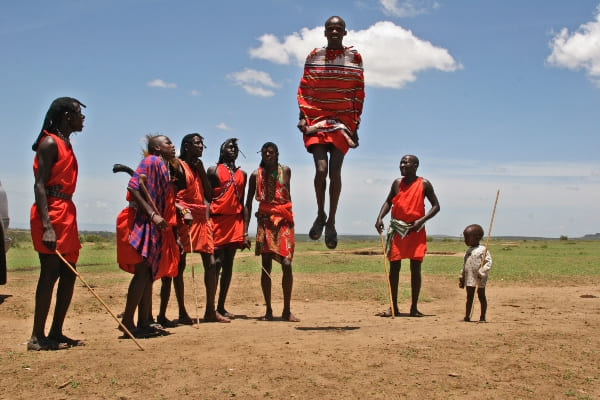
Cultural Significance and Traditions
To truly appreciate encounters with Maasai communities, travelers should understand key aspects of their cultural heritage:
Age-Set System
Maasai society is organized around an age-set system that guides individuals through life stages. Most famously, young men (moran or warriors) undergo initiation rituals to transition into adulthood. While the most publicized aspect is circumcision without displaying pain, the full initiation process encompasses years of learning traditional knowledge and responsibilities.
Visual Identity
The distinctive appearance of the Maasai carries deep cultural significance. The predominant red color of traditional clothing symbolizes both blood—the essence of life—and their ability to protect communities from lions, once a crucial warrior responsibility. The elaborate beadwork worn by both men and women communicates specific information about status, age, and marital status through color symbolism and patterns.
Oral Traditions
Despite increasing literacy rates among younger generations, Maasai culture remains predominantly oral. Songs, stories, and proverbs serve as vehicles for passing down knowledge, history, and values. Elders act as living libraries, preserving centuries of collective wisdom about everything from medicinal plants to conflict resolution techniques.
Responsible Cultural Tourism
For travelers seeking meaningful engagement with Maasai communities, responsible approaches are essential:
Cultural Villages with Integrity
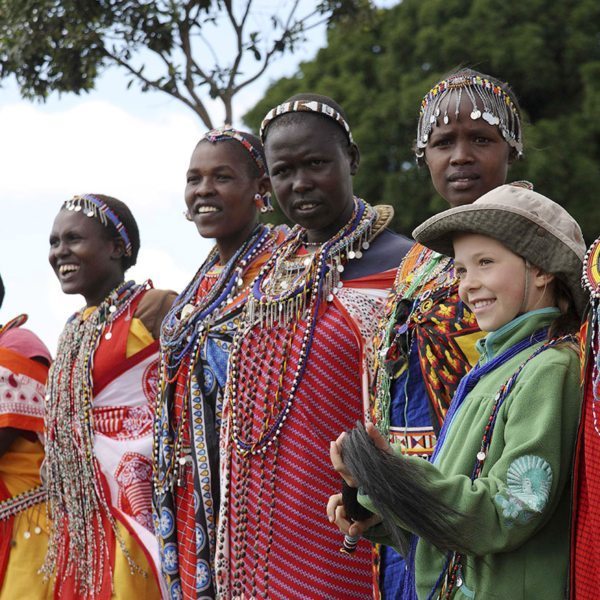
Throughout Maasai regions, particularly near popular safari destinations like the Masai Mara and Amboseli, cultural villages or bomas offer organized visits. Quality experiences prioritize education and cultural exchange over performance, with transparent revenue-sharing models that benefit the entire community rather than just individuals.
At Maji Moto Cultural Camp in Narok County, visitors can participate in multi-day immersive stays where activities emerge organically from daily life rather than being staged for tourists. Revenue directly supports community projects including education for girls rescued from early marriage and sustainable water initiatives.
Community Conservancies
Community-owned and managed conservancies represent one of the most promising models for both wildlife conservation and cultural preservation. In places like the Nashulai Maasai Conservancy—the first Indigenous-owned conservancy in the Mara ecosystem—tourism directly funds land protection while creating opportunities for Maasai to maintain traditional practices and knowledge.
“When you stay at our eco-camp, you’re not just visiting the Maasai—you’re participating in our vision for the future,” explains James Ole Lesaloi, a conservancy guide. “We’re demonstrating that conservation works best when it’s led by the people who have been stewards of these lands for generations.”
Learning Through Participation
The most memorable cultural experiences often involve active participation rather than passive observation. Opportunities for genuine connection include:
- Walking safaris led by Maasai trackers who share indigenous knowledge about plants, wildlife behavior, and navigation
- Traditional craft workshops where visitors learn beading techniques alongside Maasai women, creating meaningful souvenirs while supporting artisan livelihoods
- Seasonal celebrations such as the Enkiama (marriage ceremony) or Enkipaata (pre-circumcision ceremony) that communities may selectively open to respectful visitors
Navigating Cultural Complexities
Responsible engagement with Maasai communities requires navigating several important considerations:
Photography Ethics
The distinctive appearance of the Maasai has made them among the most photographed indigenous people in the world, sometimes without appropriate consent or compensation. Ethical travelers should always:
- Ask permission before taking photographs
- Be willing to pay if photography fees are requested
- Avoid photographing specific ceremonies unless explicitly invited
- Share images with subjects when possible (many Maasai now have smartphones and appreciate receiving digital copies)
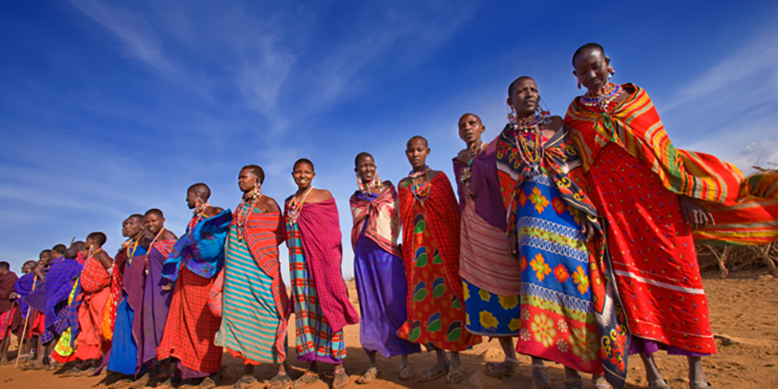
Modernization and Authenticity
Today’s Maasai communities exist along a spectrum of traditionalism and modernization. Some members maintain largely traditional lifestyles in remote areas, while others have university degrees and urban careers while maintaining cultural connections. This diversity represents not the “dilution” of culture but its adaptation and resilience.
“We don’t have to choose between being Maasai and being modern,” explains Lucy Lolkeri, who operates a mobile clinic serving remote Maasai settlements while wearing traditional attire. “Our strength comes from maintaining our core values while embracing useful aspects of contemporary life.”
Travelers should approach cultural experiences without preconceptions about “authentic” Maasai life. A young man checking cattle market prices on a mobile phone or a woman using solar power to illuminate traditional beadwork represents cultural continuity, not contradiction.
Economic Impact
Tourism has become a crucial economic resource for many Maasai communities, especially as traditional pastoralism faces increasing challenges from climate change and land fragmentation. However, poorly structured tourism can create dependency or benefit only select individuals.
Look for experiences where:
- Community members hold management positions, not just service roles
- Revenue distribution models are transparent
- Projects address community-identified priorities like education, healthcare, and water security
- Cultural preservation is explicitly supported
Regional Experiences
While Maasai culture shares fundamental elements across communities, regional variations offer diverse experiences for travelers:
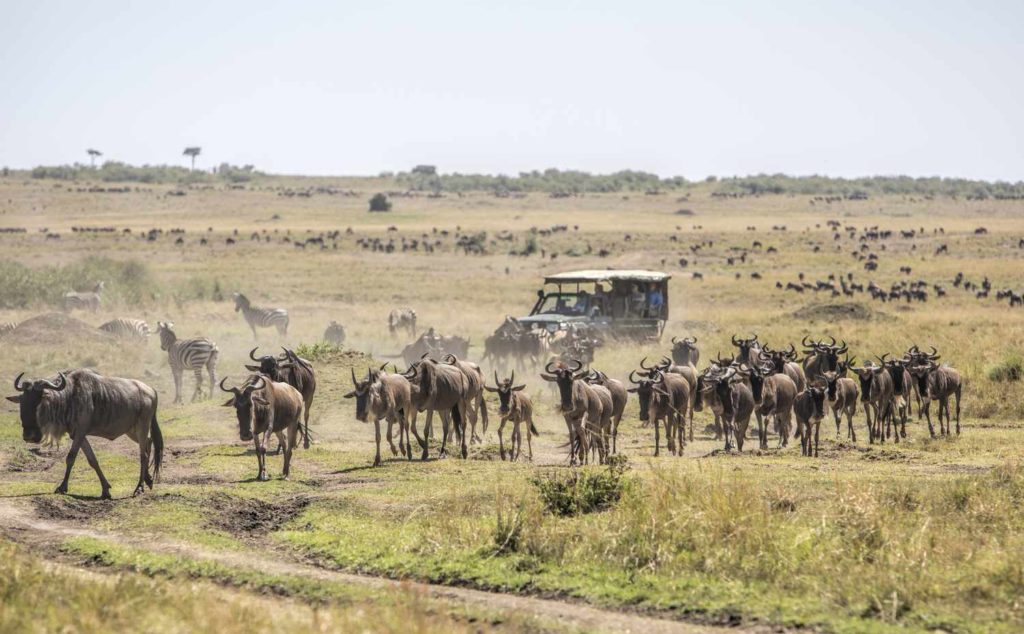
Masai Mara Region
In Kenya’s southwest, communities around the world-famous Masai Mara National Reserve have the longest history of tourism engagement. While some experiences near major lodges can feel commercialized, ventures like the Maasai Mara Wildlife Conservancies Association connect visitors with more authentic community initiatives.
Recommended experience: Stay at a conservancy-owned ecolodge and participate in the Citizen Science program, where visitors assist Maasai research teams in wildlife monitoring using both traditional tracking skills and modern technology. Check out this driver-guided 3-day Maasai Mara safari adventure and get inspired to visit the most popular Kenya safari park.
Amboseli Region
With the dramatic backdrop of Mount Kilimanjaro, Maasai communities near Amboseli National Park maintain strong traditional practices while pioneering conservation partnerships. The Maasai Olympics, which replaced lion hunting with athletic competitions as a demonstration of warrior prowess, exemplifies innovative cultural adaptation.
Recommended experience: Visit during the biennial Maasai Olympics in December to witness spear throwing, rungu tossing, and high jumping competitions that maintain warrior traditions while promoting conservation.
Loita Hills and Nguruman Escarpment
More remote from mainstream tourism circuits, these regions offer opportunities to engage with communities less accustomed to visitors but often more traditionally oriented. Guided multi-day walks through Loita Forest—known to the Maasai as “The Forest of the Lost Child”—provide immersion in both natural and cultural landscapes.
Recommended experience: Participate in a community-led forest walk to sacred sites, where Maasai spiritual leaders explain traditional conservation practices that have protected rare forest ecosystems for centuries.
Cultural Exchange with Respect
Meaningful engagement with Maasai communities goes beyond observation to create genuine human connections. These guidelines foster respectful cultural exchange:
- Learn basic greetings in Maa, the Maasai language. Start with “Sopa” (hello) and “Ashe” (thank you)
- Respect personal boundaries regarding sacred sites, ceremonies, or topics community members prefer not to discuss
- Listen more than speak, allowing Maasai individuals to represent their own culture rather than confirming preconceptions
- Be present by limiting photography and focusing on authentic interaction rather than documentation
- Support cultural preservation by showing interest in traditional knowledge and practices
Beyond Tourism: Sustainable Engagement
For travelers deeply moved by Maasai cultural experiences, opportunities exist for more substantial engagement:
- Cultural exchange programs like those operated by the Maasai Cultural Heritage Foundation facilitate longer stays with structured learning opportunities
- Fair trade partnerships connect Maasai artisans directly with international markets for traditional crafts
- Educational sponsorships support Maasai students pursuing higher education while maintaining cultural connections
- Advocacy support for land rights and cultural preservation through international organizations partnered with Maasai communities
A Living Heritage
The Maasai represent not a vanishing relic of the past but a living, evolving culture with profound relevance to contemporary challenges. Their traditional knowledge about sustainable rangeland management offers insights for climate adaptation. Their communal values demonstrate alternatives to individualistic consumption. Their cultural resilience provides lessons in maintaining identity amid rapid change.
For travelers willing to move beyond surface encounters, engagement with Maasai communities offers not just memorable experiences but transformative perspectives. As Maasai elder Ole Timoi reflects: “When visitors come with respect and openness, they leave not just with photographs but with new ways of seeing the world. And we gain not just economic support but the strength that comes from sharing our ways with those willing to truly understand them.”
In an age of increasingly homogenized global experiences, thoughtful cultural tourism with the Maasai offers something increasingly precious: an encounter with a distinct worldview maintained through centuries of challenges and changes—and still vibrant in the landscape where it evolved.
Travel Essentials
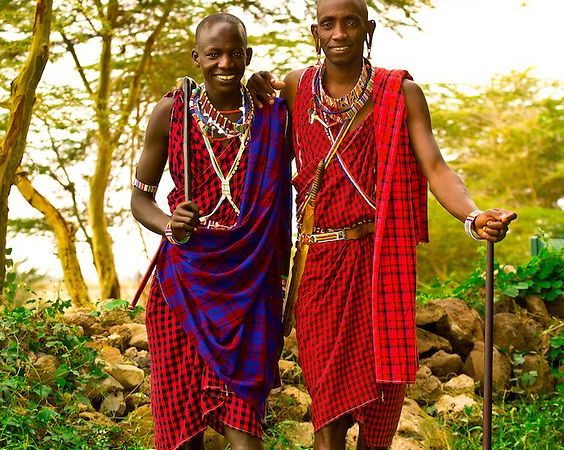
When to Visit:
The dry seasons (June-October and December-March) offer the most comfortable conditions for cultural visits. Some communities celebrate specific ceremonies during these periods.
Booking Cultural Experiences:
Work with operators explicitly partnered with Maasai-owned initiatives or community conservancies. Organizations like the Maasai Association can guide responsible options.
Respectful Attire:
Modest clothing covering shoulders and knees is appropriate when visiting communities. Bright colors are welcomed rather than subdued “safari neutrals.”
Gifts and Compensation:
Direct financial compensation for community services is preferable to brought gifts. If bringing items, consult community leaders about actual needs rather than assumptions.
Language:
While many Maasai in tourism areas speak English, learning basic Maa phrases demonstrates respect and enhances connection.
Health Considerations:
Many Maasai communities are in remote areas with limited medical facilities. Carry a comprehensive first aid kit and ensure travel insurance covers emergency evacuation.
Are planning a self drive or driver-guided safari in Kenya this season and would love to visit the Maasai people, We at Rent A Driver Kenya organize cultural and wildlife safaris in the Maasai Mara reserve, offering you an opportunity to encounter the Maasai as you enjoy guided game drives through the park. To book a 4×4 car with a driver in Kenya today, simply contact us now by sending an email to info@rentadriverkenya.com or call us now on +256-700135510 to speak with the reservations team.
